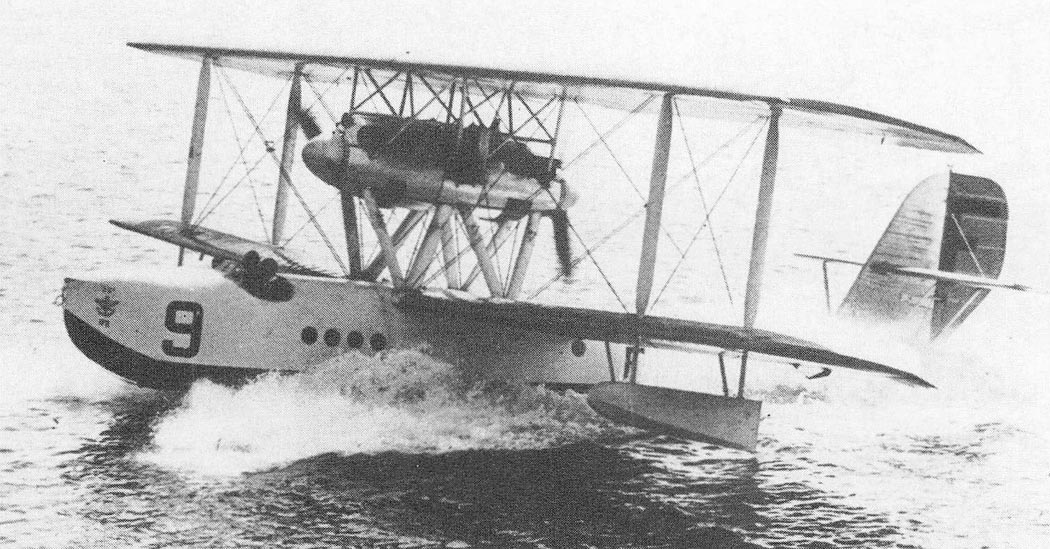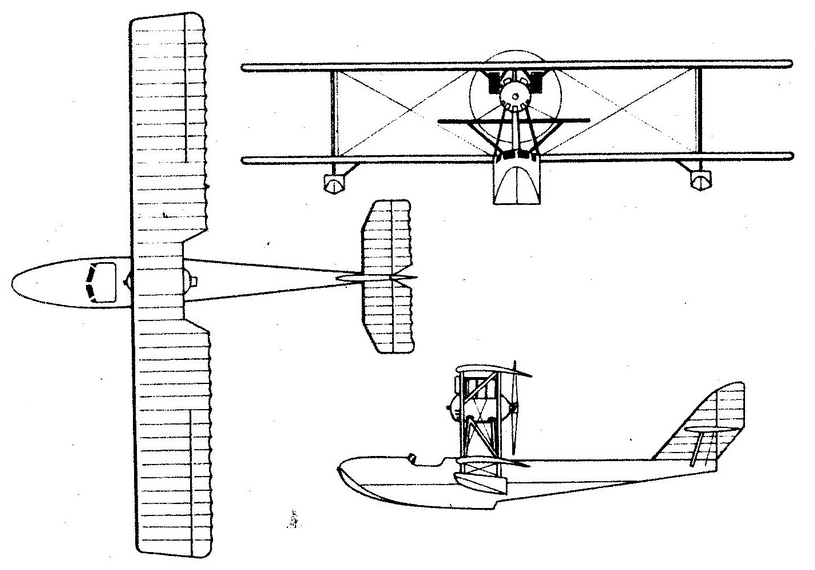CAMS 33
The CAMS 33 was a flying boat built in France in the early 1920s. It was designed at the request and with the requirements of the French Navy as a transport and reconnaissance flying boat.
History
Chantiers Aero -Maritimes de la Seine ( CAMS ) was awarded the contract after the prototype was presented in 1923 by the designer Raffaele Conflenti. The design of the CAMS 33 was a twin-engined biplane flying boat, with the variants open cockpit with two to four man crew as an armed reconnaissance or closed version with a cabin that could carry seven passengers with equipment beside the pilot. The transport version was manufactured under the type designation CAMS 33T and 33C. The reconnaissance version was known as CAMS 33B. The special feature of the series was 33 in the motor assembly. The front engine worked with a tractor propeller and the second in the common motor gondola back printing with Propeller. On failure of one engine, the CAMS 33 was still safely reach a landing site with an engine.
Twelve flying boats of the series were used by the French Navy at the base port of Cherbourg- Octeville in the Escadrille 1R1. The Kingdom of Yugoslavia acquired a further six machines for its air force.
The first prototype CAMS 33T of 1923 had its first flight was operated under a civil registration for some years by a private customer in France. A total of 21 flying boats of the type Cams 33 was manufactured.
Specifications ( CAMS 33B)
- Crew: 1 pilot and 1 to 3 man crew, depending on the purpose
- Length: 13.23 m
- Wingspan: 17.62 m
- Height: 4.88 m
- Start weight: max. 4000 kg
- Powerplant: 2 × Hispano -Suiza 8F, each with 208 kW ( 275 hp)
- Maximum speed: 175 km / h
- Range: 820 km
- Max flight time: 18 hours
- Service ceiling: 5,000 m









